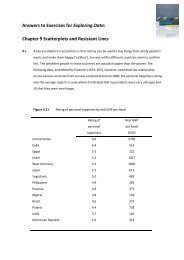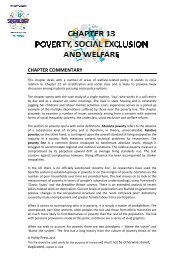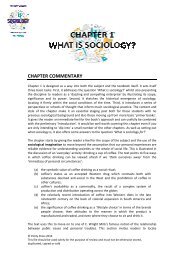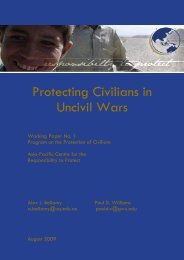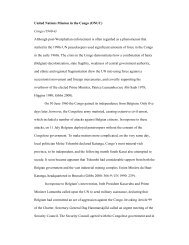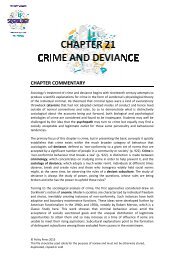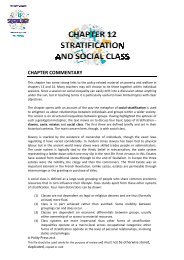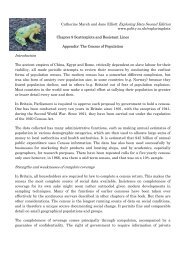KFOR case study - Polity
KFOR case study - Polity
KFOR case study - Polity
You also want an ePaper? Increase the reach of your titles
YUMPU automatically turns print PDFs into web optimized ePapers that Google loves.
permanently stationed <strong>KFOR</strong> forces. <strong>KFOR</strong> also assumed primary responsibility for<br />
providing public security throughout the province prior to the deployment of the<br />
police contingent. This meant apprehending and deterring criminals as well as<br />
providing physical protection for Serbs. Although UNMIK is constitutionally<br />
responsible for providing public security and establishing the rule of law, the UN<br />
police force was markedly slower to deploy than <strong>KFOR</strong>. Thus, the military retained<br />
primary effective responsibility for public security in its first 12 months.<br />
Nevertheless, commentators argue that lessons were learned from the IFOR<br />
experience and that rather than fearing that every added civilian task contributed to<br />
the dreaded ‘mission creep,’ <strong>KFOR</strong> understood that ‘it was in place to help to<br />
underpin all the civil reconstruction efforts’ (Eide and Holm 2000: 216).<br />
<strong>KFOR</strong> has been called upon to use force on several occasions, for instance<br />
against rogue former elements of the KLA – many of them connected to the KPC –<br />
involved in the ethnic cleansing of Serbs, illegal smuggling and supporting rebel<br />
Albanian groups in southern Serbia and Macedonia. For example, in 2000, <strong>KFOR</strong><br />
troops seized almost 100 radicals who were using eastern Kosovo as a base from<br />
which to launch mortar attacks into the Presevo valley in southern Serbia. However,<br />
both <strong>KFOR</strong> and UNMIK opted not to develop a systematic programme of challenging<br />
the Albanian extremists despite repeated attacks on the Serb minority and their<br />
association with organized crime, preferring a longer-term and incremental strategy<br />
aimed at preserving consent (O’Neill 2002: 62).<br />
One particular flashpoint was the city of Mitrovica which is divided into<br />
Serbian and Kosovar Albanian halves by the Ibar River. In 1999, the Serbs created a<br />
paramilitary organization (the ‘Bridge Watchers’) to prevent Kosovar Albanians from<br />
crossing the city’s bridge into Serbian northern Mitrovica and Serb Ministry of




